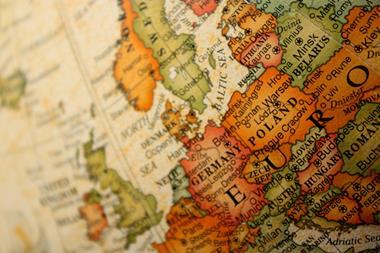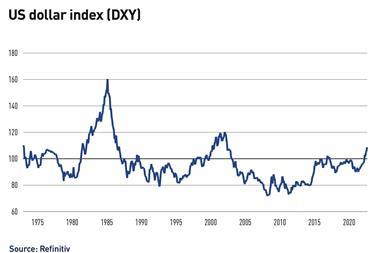According to its 2023 budget plan, the Labour-led Norwegian government is reining in its use of the country’s NOK12.2tn (€1.2tn) sovereign wealth fund, saying it needs to spend less oil fund money in order ward off even higher levels of inflation.
The Finance Ministry revealed this morning that planned spending from the Government Pension Fund Global (GPFG) next year was projected to be 2.5% of the value of the fund at the beginning of 2023.
“A spending substantially below 3% of the fund’s value in a situation with high economic activity is in accordance with the fiscal guideline,” the Ministry said.
Norway sets a fiscal rule on its petroleum revenue spending, according to which over time, oil revenue spending can equal the expected real return on the GPFG, which is estimated at 3%.
Public spending in 2022 amounted to 2.6% of the SWF’s expected capital at the beginning of the year, down from the 3.2% used in 2021, according to government figures.
In his speech to Norway’s parliament, the Storting, Minister of Finance Trygve Slagsvold Vedum said this morning: “The main aim of the budget we are putting forward today is to help bring the sharp price increase under control, create security around people’s finances and jobs, and equalise the social and geographical differences.”
He said the most important measure the government was taking to contribute to increased security for ordinary people’s everyday finances was to reduce the use of oil money.
Vedum, who belongs to the Centre Party – part of the governing coalition – said the government planned to spend NOK316.8bn from the oil fund next year, which was NOK18.3bn less than expected this year.
“With lower use of oil money, we are helping to control the high increase in prices,” he said, adding that when fiscal policy played in tandem with monetary policy, there was less need for interest-rate increases.
The finance minister of Labour prime minister Jonas Gahr Støre’s government, which took power in Norway a year ago, described the budget he was proposing as “strongly redistributive”.
Tax changes being put forward were designed for a reduced burden on those earning under NOK750,000, while those on more would collectively pay NOK3bn more in income tax, Vedum said.
The ruling coaltion is also boosting revenue by increasing dividend tax, bringing in a ground rent tax on aquaculture and wind power, lifting ground rent tax on hydropower and introducing an extraordinary tax on water and wind power due, it said, to the very high electricity prices.
The Finance Ministry laid the groundwork for the reduced SWF spend on 18 September, dampening expectations by saying that even though state expenses would increase next year, the use of oil money had to be reduced for economic and inflation reasons.
This morning’s figures show planned use of the GPFG – a data item termed the structural non-oil fiscal deficit – at NOK316.8bn in 2023, down from NOK335.1bn in 2022 and NOK379.7bn the year before.
However, the ministry said that it had made a temporary adjustment to the calculation of the structural deficit, which – seen in isolation – contributed to reducing the structural deficit by an estimated NOK40.4bn in 2022 and NOK 34.9bn in 2023.
It said the adjustment had been made to ensure better alignment between how the high electricity prices affected the revenue and expenditure side of the structural fiscal balance.
Norwegian inflation has nearly doubled in the last year to 6.4% in August from 3.4% in August 2021, according to Statistics Norway. However, it is still lower than the rate seen in the neighbouring euro area, which was 9.1% in August, according to Eurostat.
Read the digital edition of IPE’s latest magazine























